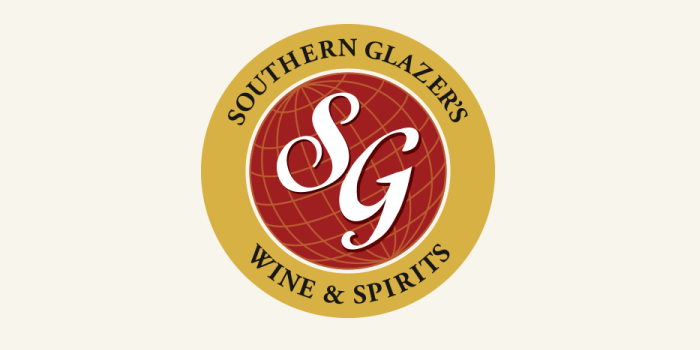Scott Moore recently joined the Southern Glazer’s Wine & Spirits team as the company’s SVP of Off-Premise National accounts. He’s responsible for supplier planning, as well as driving development and implementation of customer annual operating plans. He’s well versed in off-premise trends, so I recently spoke to him about the state of the off-premise industry and which categories wholesalers should be watching.
Beverage Dynamics: What are the biggest trends impacting the off-premise market right now?
Scott Moore: Looking at the big picture, spirit sales are up 3.5% and case volume is up 2%. Breaking it down further, craft is up 36.5% in sales, and represents 45% of the dollar growth for the spirits category. It shows people are willing to try new things and that innovation within the spirits category still works. That’s what craft is all about.
Most of the dollar growth within the category is coming from the over-$10 segment, so consumers are continuing to move up. The fastest-growing segment is over-$30, and the largest segment for growth is $15-25. So people are trading up, they’re trying new things, and within the spirits industry you have flavored whiskey and Irish whiskey showing fast growth.
BD: Will there come a point where the Irish Whiskey category will expand beyond one dominant brand and a handful of top brands that are well behind in sales?
SM: A lot has to be done for the category around the shelf first. That piece of shelf isn’t as large off-premise as the category demands, so I think limited space has been a factor in limiting the growth of the segment. It’s gotten a lot of attention from a single brand perspective, but hasn’t played out as a full category in-store.
BD: What trends are you tracking in the wine category?
SM: Wine is up 3.9% in sales, but only 1.6% in volume, so you’re seeing the same story as spirits with premiumization. That word has been around a long time, but it continues to be important. With wine, nearly 50% of the growth is between $10-$15 per bottle. That’s really good news for wine brands – people are moving up and spending more, and it means $10-$15 is normalized now. Before, there was a $9.99 threshold, but now up to $15 is part of the norm and above $15 there’s a 13% growth rate.
Within specific varietals, sauvignon blanc is up 10.3%, red blends are up 8.4%, pinot noir is up 6.4% and cabernet sauvignon is up 5%. Rose is still unbelievable, up 63% and showing no signs of slowing down. Of course there are a lot of entrants in that category – a sea of roses, if you will. We’ll need to figure out which brands are going to win.
BD: What’s the biggest challenge for wholesalers when you talk about working with retailers on category management?
SM: For our retailers, shelf allocation for each category is the biggest challenge, for a few reasons. First, they need to meet the needs of the customer – they want to make sure products are on the shelf when people want them, and they need to have the right variety to meet everyone’s needs. But there are also operational issues like purchasing decisions, limiting out-of-stocks and promotional execution, which impacts assortment. It’s a very complex topic.
Category management is also an old term – a big, broad swath term – whereas we’re using insights and data now to drive action. Using data to glean insights is how we’re helping retailers define the direction they should go, and it’s no longer just a category management exercise. We’re trying to take data and show retailers what their shelf should look like to optimize SKUs for shoppers and drive seasonal promotions in-store.
We use the term “trade development,” which drives our best business practices. It’s about increasing traffic, determining shelf space allocation, increasing operational efficiencies, limiting out-of-stocks and driving promotions.
BD: The middle tier is in a unique position, working with both retailers and suppliers. What opportunities exist in the marketplace today where you can help the other two tiers make connections?
SM: The big need right now is working on the digital piece of the business. Everyone wants to know about communicating brand messages, driving traffic to stores – that whole “e” piece of the business. It’s something retailers keep asking about, and no one quite has the solution yet.
We need to figure out the best practices. Whatever the best solution will be, it’ll be one that’s seamless for shoppers. It’ll take the fewest clicks or the least effort for consumers to engage. We’re still looking for that solution, but understanding the problem through data and insights is how we’ll solve it.
Jeremy Nedelka is editor of Beverage Dynamics and Beverage Wholesaler, a sister publication covering the middle tier. Reach him at jnedelka@epgmediallc.com




